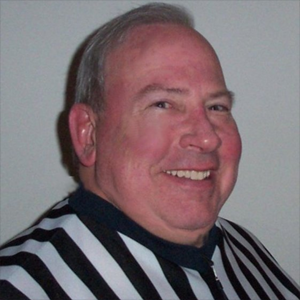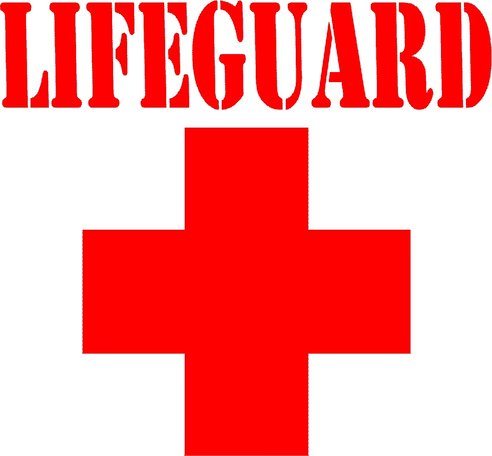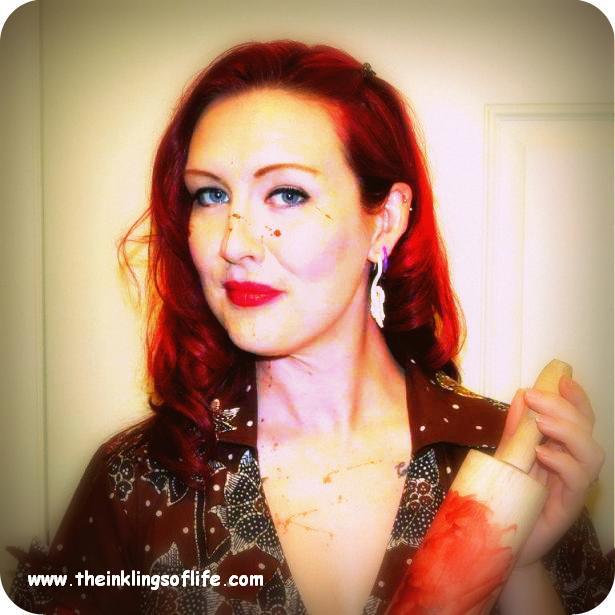
Rndballref
20 Years Experience
Chicago, IL
Male, 60
For twenty years I officiated high school, AAU and park district basketball games, retiring recently. For a few officiating is the focus of their occupation, while for most working as an umpire or basketball referee is an avocation. I started ref'ing to earn beer money during college, but it became a great way to stay connected to the best sports game in the universe. As a spinoff, I wrote a sports-thriller novel loosely based on my referee experiences titled, Advantage Disadvantage
The technical fouls offset and we go to the possession arrow for a throw in at half court.
Here is the definition of "held ball" in the rule book:
A held ball occurs when 1…opponents have their hands so firmly on the ball that control cannot be obtained without due roughness, or 2…an opponent places his/her hands on the ball and prevents an airborne player from throwing the ball or releasing it on a try.
In the first instance, control cannot be obtained. In the second instance the offensive player starts with control but then loses the ability (i.e.. control) to pass or shoot. So I think you are splitting hairs - each of you are right and wrong in definition 1 vs 2.
This is a tough question. There was a Wall Street Journal article which addressed the grey areas of what an assist is. Here is a quote from that article:
"The NBA statistician's manual says an assist should be "credited to a player tossing the last pass leading directly to a field goal, only if the player scoring the goal responds by demonstrating immediate reaction to the basket." It sounds simple enough. As assist is a pass made to a shooter who scores. But when you try to apply this definition during a game, it gets murky. There are no details about how many steps shooters can take after receiving a pass; nothing about shot-fakes, head-fakes or pivot moves and no hard guidelines on how much time can elapse between the pass and the shot.
ok
Call Center Employee (Retail)
 When do your policies allow you to hang up on a rude caller?
When do your policies allow you to hang up on a rude caller?
Lifeguard
 Are most public pools just gross lakes of bodily fluids?
Are most public pools just gross lakes of bodily fluids?
Tattoo Artist
 Have you ever messed up while giving someone a tattoo?
Have you ever messed up while giving someone a tattoo?
yes, the arrow changes once the ball it at the disposal of the throw in player.
No. The officials cannot extend time. The only adjustment that officials can make is if they have specific knowledge of a clock discrepancy. For example, if a referee grants a timeout but notices that the clock ran some time after the whistle was blown.
The defender must legally obtain the vertical space BEFORE the offensive player alights for a shot. So, if player B legally obtains a place on the floor and Player A crashes into him while coming down from a shot, player control foul on A.
The defensive player can be moving, but the rulebook says he must be moving obliquely, which means the defender cannot move directly into the path of the offensive player. For example a player who is backpedaling and is run over by the offensive player would draw a player control foul on the dribbler. You can also move sideways and backwards as a defender and still draw a charge.
-OR-
 Login with Facebook
Login with Facebook (max 20 characters - letters, numbers, and underscores only. Note that your username is private, and you have the option to choose an alias when asking questions or hosting a Q&A.)
(A valid e-mail address is required. Your e-mail will not be shared with anyone.)
(min 5 characters)
By checking this box, you acknowledge that you have read and agree to Jobstr.com’s Terms and Privacy Policy.
-OR-
 Register with Facebook
Register with Facebook(Don't worry: you'll be able to choose an alias when asking questions or hosting a Q&A.)